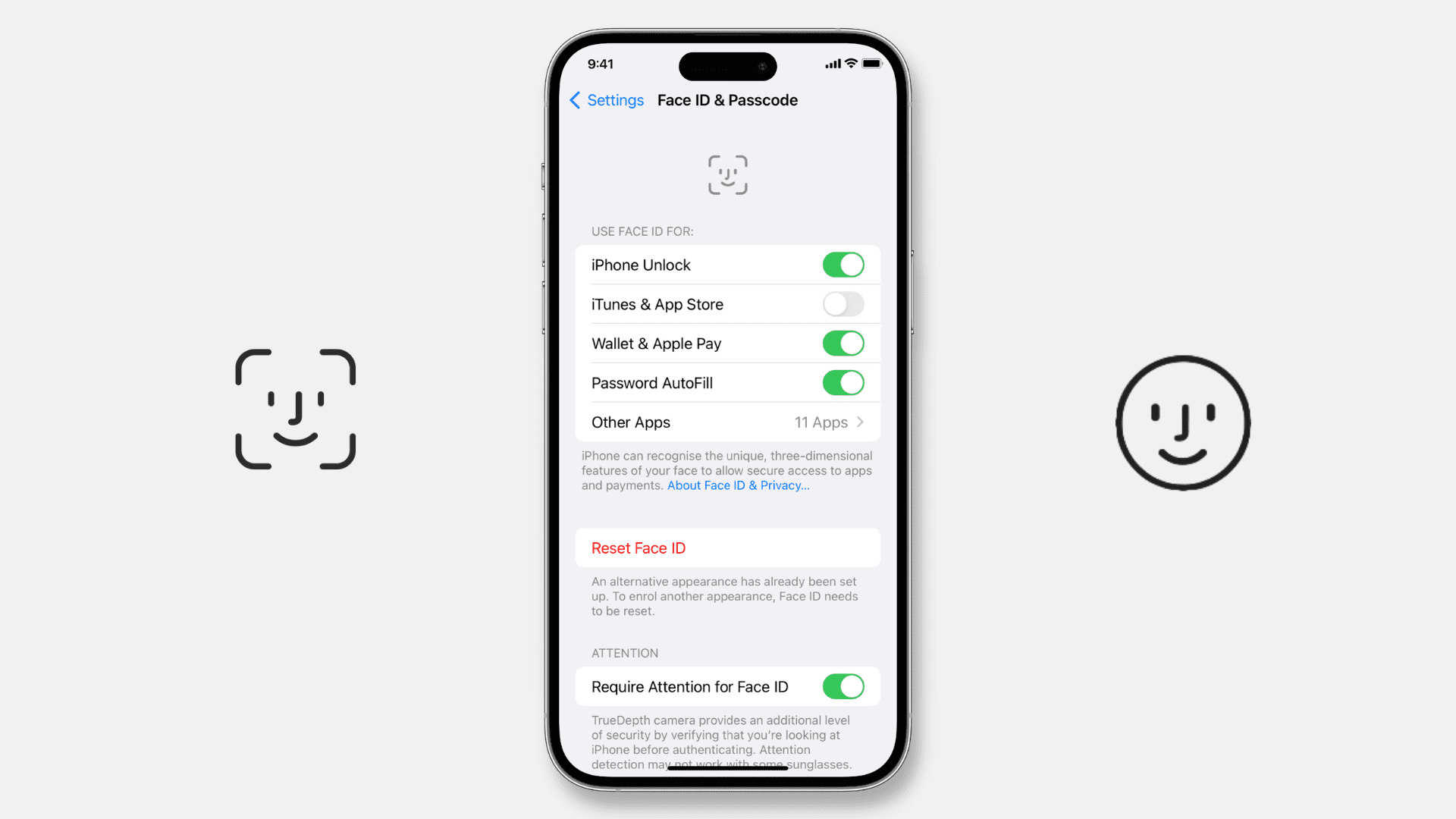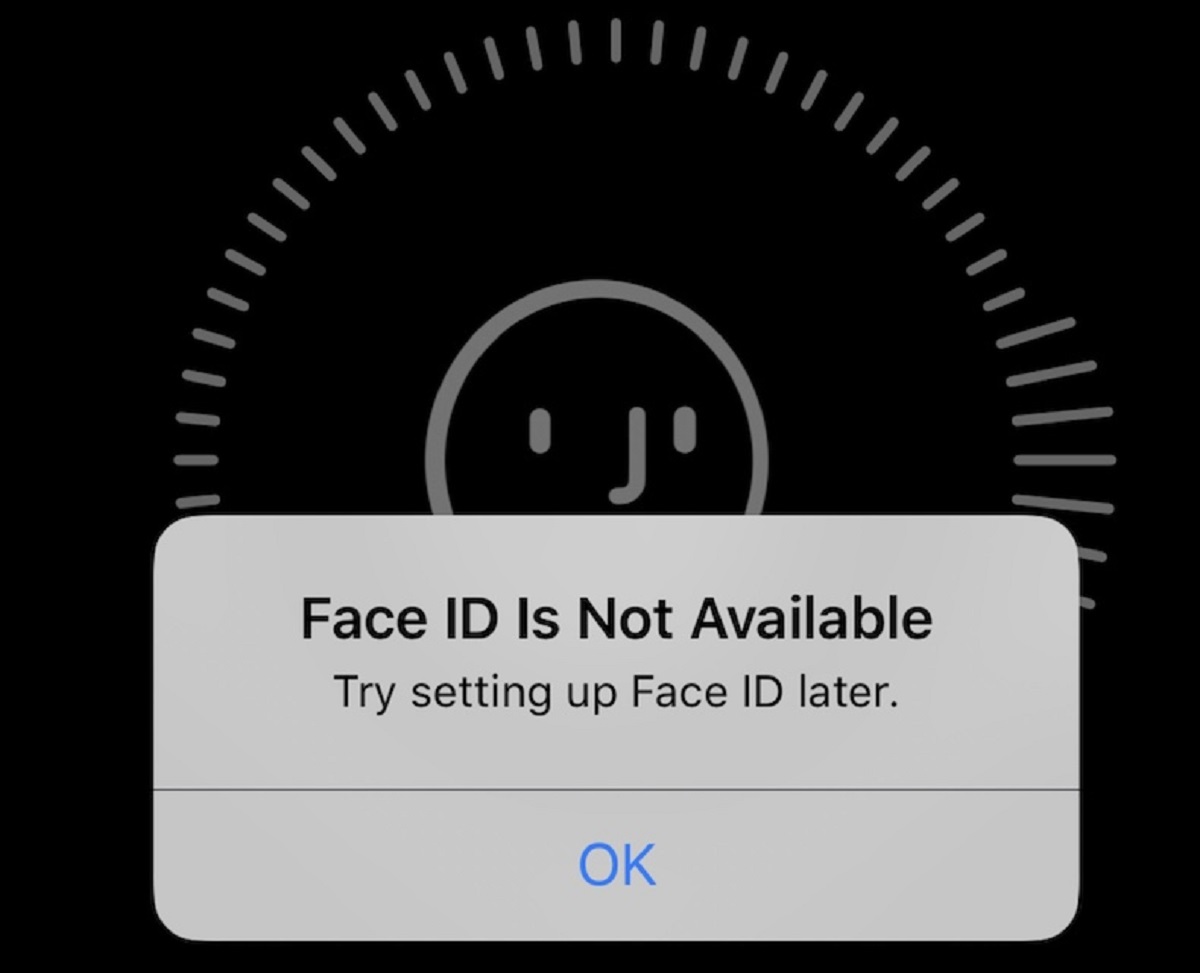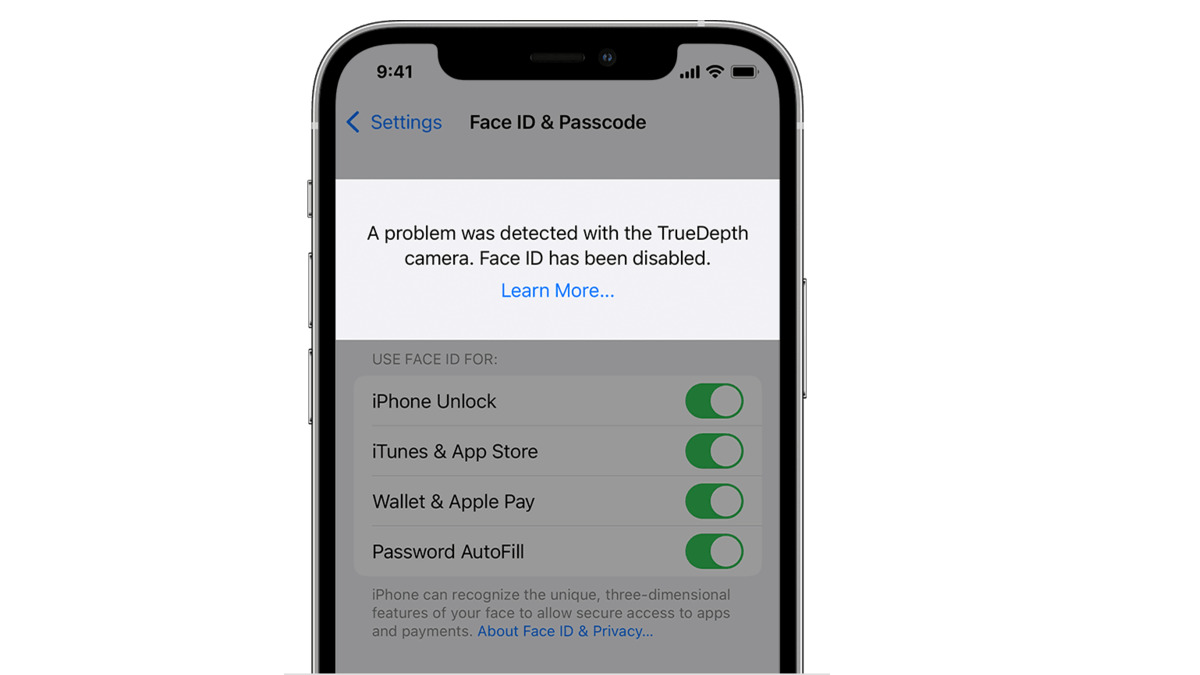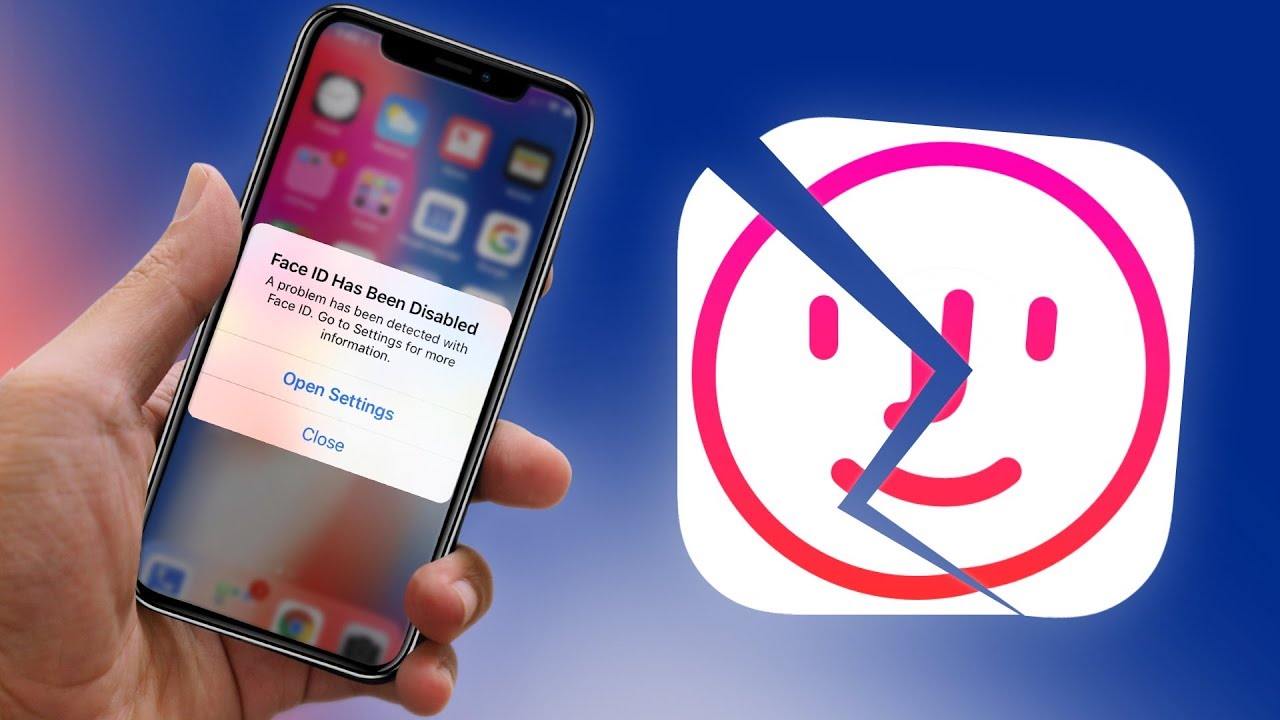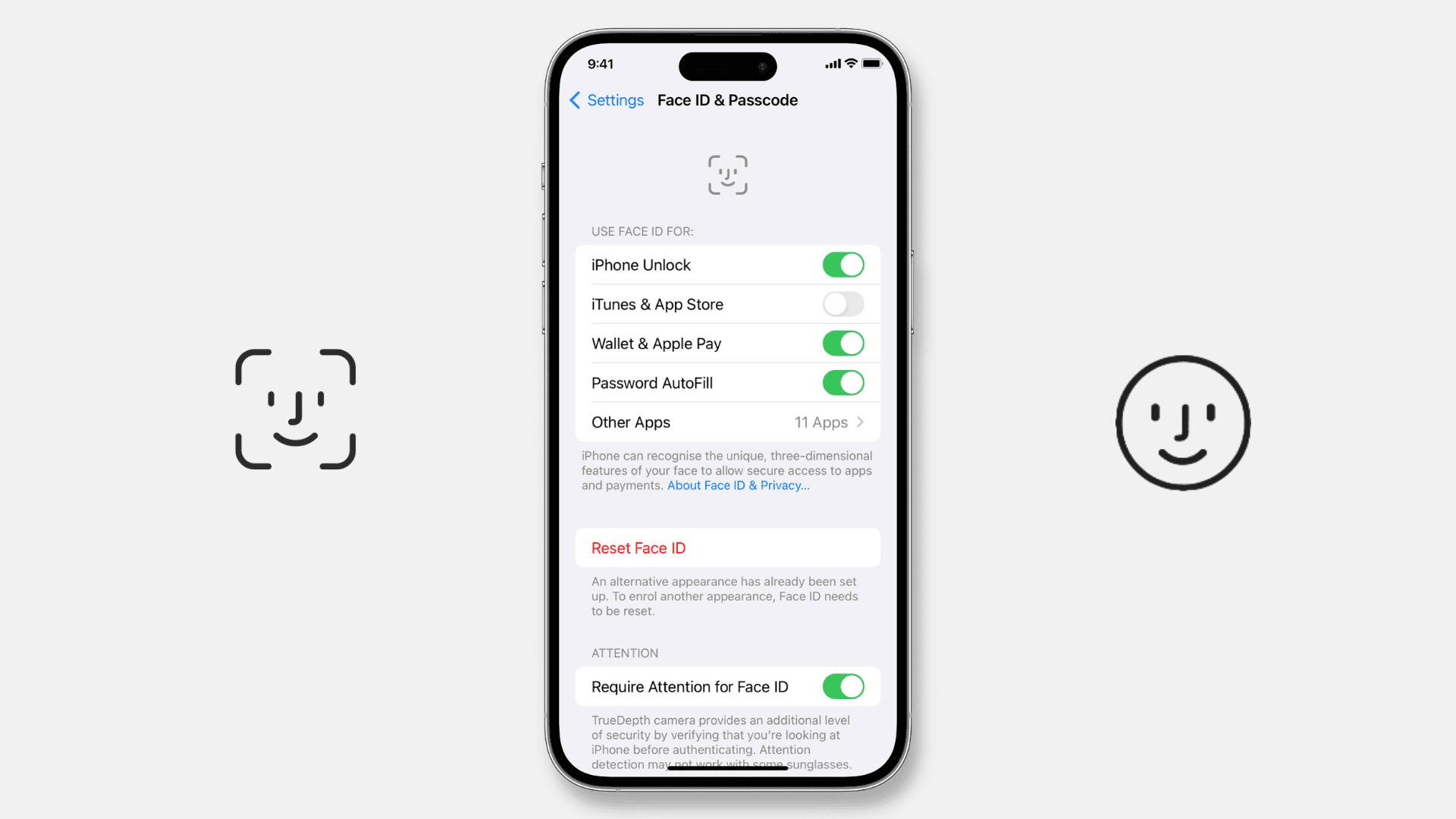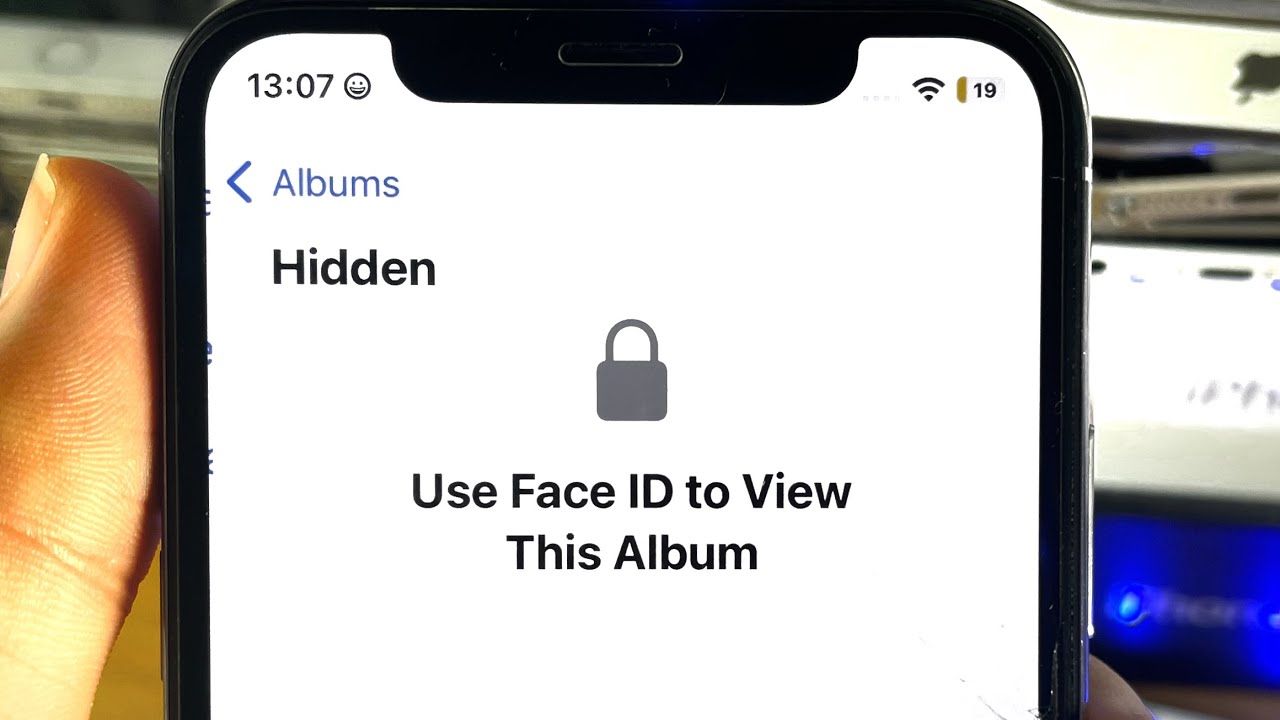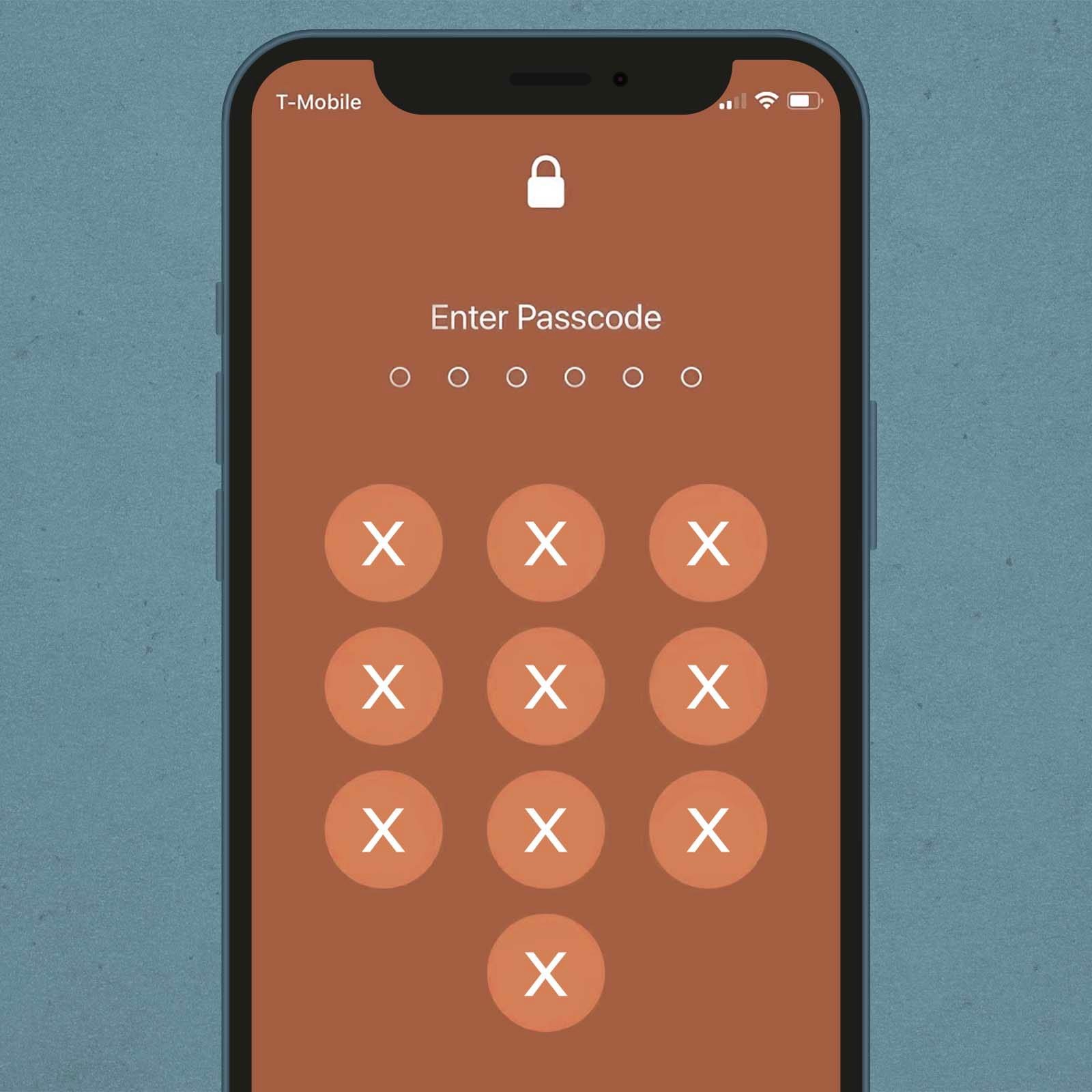Introduction
Welcome to the world of Face ID, Apple’s facial recognition technology that allows you to conveniently unlock your iPhone and authenticate various features with just a glance. However, there may come a time when you need to reset your Face ID due to various reasons. Perhaps you have recently undergone a significant change in your appearance, or you are experiencing issues with the Face ID feature. Whatever the reason may be, resetting your Face ID is a simple process that can be done in just a few steps.
In this article, we will guide you through the process of resetting Face ID on your iPhone X or newer models. Whether you are upgrading to a new device, troubleshooting Face ID issues, or simply want to refresh your facial recognition settings, this guide will help you navigate through the steps with ease.
Before we dive into the steps, let’s understand why you may need to reset your Face ID in the first place. This will provide you with a better understanding of the circumstances under which a reset might be necessary, helping you make informed decisions when it comes to managing your device’s security features.
Why would you need to reset your Face ID?
There are several reasons why you might need to reset your Face ID on your iPhone X or newer models. Let’s explore some of the common scenarios:
1. Appearance change: Face ID uses sophisticated facial recognition algorithms to identify the unique features of your face. If you have undergone significant changes in your appearance, such as growing a beard, wearing glasses, or getting a new hairstyle, it may affect the accuracy of Face ID. Resetting it allows the device to scan and recognize your new look, ensuring a seamless and secure facial recognition experience.
2. Sharing your device: If you have shared your iPhone X or newer models with someone else, and they have registered their face for Face ID, you may want to reset it to eliminate their facial data from your device. This is particularly important if you value your privacy and want to ensure that only your face can unlock and authenticate your device.
3. Face ID issues: Sometimes, you may encounter issues with Face ID, such as it not recognizing your face properly or failing to unlock your device consistently. These issues can arise due to various reasons, such as software glitches or hardware limitations. Resetting Face ID can often resolve such issues by resetting the facial recognition settings and allowing the device to recalibrate and optimize the feature.
4. Upgrading to a new device: If you are upgrading to a new iPhone X or newer models, you will need to reset Face ID on your old device before transferring it to the new one. This ensures that your facial data is not compromised and remains secure.
It is worth mentioning that resetting Face ID will remove all existing facial data from your device. It will be as if you are setting up Face ID for the first time. Therefore, it is essential to back up any important data before proceeding with the reset process.
Now that we understand why you may need to reset your Face ID let’s move on to the step-by-step guide on how to do it.
Resetting Face ID on iPhone X and newer models
Resetting Face ID on your iPhone X or newer models is a straightforward process. Follow these steps to reset your Face ID:
1. Open the “Settings” app on your iPhone.
2. Scroll down and tap on “Face ID & Passcode”. You may be prompted to enter your passcode to access the Face ID settings.
3. In the Face ID & Passcode settings, you will see options related to Face ID. To reset Face ID, tap on the option that says “Reset Face ID”.
4. A confirmation prompt will appear, asking if you want to proceed with the reset. Tap on “Reset” to confirm and reset Face ID on your device.
5. Once you confirm the reset, your iPhone will remove all existing facial data associated with Face ID. The feature will be disabled until you set it up again.
That’s it! You have successfully reset Face ID on your iPhone X or newer models.
After resetting Face ID, you can set it up again by following the on-screen instructions. Make sure to position your face within the frame provided and move your head in a circular motion to capture different angles of your face. This will allow the device to capture accurate facial data for enhanced recognition.
It’s important to note that resetting Face ID does not affect other security features, such as your passcode or Touch ID (if applicable). These features will remain intact, and you can continue using them alongside or instead of Face ID.
Now that you know how to reset Face ID, let’s explore some troubleshooting tips in case you encounter any issues during the reset process.
Step-by-step guide to reset Face ID
If you need to reset Face ID on your iPhone X or newer models, follow these step-by-step instructions:
1. Begin by unlocking your iPhone and accessing the Home screen.
2. Open the “Settings” app. You can find the Settings app on your Home screen, usually represented by a gear icon.
3. In the Settings menu, scroll down and tap on “Face ID & Passcode”. You may be prompted to enter your device passcode to proceed.
4. Within the Face ID & Passcode settings, you will find the option to “Reset Face ID”. Tap on this option.
5. A confirmation dialog box will appear, asking if you want to proceed with resetting Face ID. Confirm your decision by tapping on “Reset Face ID”.
6. Once you confirm the reset, your iPhone will remove all existing facial recognition data associated with Face ID. The feature will be disabled until you set it up again.
7. To set up Face ID again, navigate back to the main Face ID & Passcode settings menu. Tap on “Set Up Face ID” to initiate the setup process.
8. Follow the on-screen instructions to position your face within the frame provided. Ensure that your face is well-lit and visible to the front-facing camera. Move your head in a circular motion to allow the device to capture different angles of your face.
9. Once you complete the initial scan, your iPhone will prompt you to perform a second scan. This helps improve the accuracy and reliability of Face ID.
10. After the second scan, your iPhone will notify you that Face ID is now set up and ready to use. You can test it by locking your device and then unlocking it using your face.
That’s it! You have successfully reset and set up Face ID on your iPhone X or newer models.
Remember, resetting Face ID removes all existing facial recognition data and settings. Make sure to back up any important data before proceeding with the reset process.
Now that you know how to reset and set up Face ID, let’s explore some troubleshooting tips in case you encounter any issues during the process.
Troubleshooting Face ID reset issues
While resetting Face ID on your iPhone X or newer models is usually a smooth process, you may encounter some issues along the way. Here are some troubleshooting tips to help you resolve any potential problems:
1. Ensure proper lighting: Face ID relies on the front-facing camera to scan and recognize your face. Make sure you are in a well-lit environment when setting up or resetting Face ID. Insufficient lighting can affect the accuracy of the scans, leading to potential issues.
2. Clean the camera lens: Dust, dirt, or smudges on the front-facing camera lens can interfere with Face ID functionality. Gently clean the lens with a soft, lint-free cloth to ensure clear and uninterrupted scanning during the setup process.
3. Remove screen protectors or accessories: Certain screen protectors or accessories, such as tempered glass or plastic films, may interfere with the infrared or camera sensors used by Face ID. Remove any such accessories and try setting up or resetting Face ID without them.
4. Reposition your face: When setting up or resetting Face ID, position your face within the frame provided and ensure your face is entirely visible. Tilt your head slightly and move it in a circular motion to capture different angles. This helps in capturing accurate facial data for improved recognition.
5. Update your device: Ensure that your iPhone X or newer models are running the latest iOS software. Apple frequently releases updates that include bug fixes and improvements to Face ID. Updating your device may resolve any potential software-related issues.
6. Contact Apple Support: If you have followed all the troubleshooting tips and are still experiencing issues with resetting Face ID, it may be beneficial to reach out to Apple Support for further assistance. They can provide specialized guidance and help you address any hardware or software-related problems.
By following these troubleshooting tips, you should be able to overcome most common issues that arise while setting up or resetting Face ID. Remember, Face ID is a robust and advanced technology, designed to provide secure and convenient authentication. If you continue to experience persistent problems with Face ID, it is recommended to consult with Apple Support for further guidance.
Now that you have a better understanding of troubleshooting Face ID reset issues, let’s wrap up this guide.
Conclusion
Resetting Face ID on your iPhone X or newer models is a simple process that can be done in just a few steps. Whether you need to update your facial data due to an appearance change, troubleshoot Face ID issues, or prepare your device for an upgrade, following the step-by-step guide provided in this article will help you reset Face ID with ease.
Remember to back up any important data before proceeding with the reset, as it will remove all existing facial recognition data from your device. Additionally, ensure that you follow the recommended troubleshooting tips in case you encounter any issues during the process.
Face ID is an innovative and secure feature that enhances the overall user experience on iPhone X and newer models. With its advanced facial recognition capabilities, you can conveniently unlock your device, authenticate payments, and access various apps and services with just a glance.
By understanding how to reset and set up Face ID, you can optimize its performance and ensure accurate recognition in different scenarios. In case you encounter any persistent issues, Apple Support is available to provide further assistance and guidance.
We hope this article has been informative and helpful in guiding you through the process of resetting Face ID on your iPhone X or newer models. Enjoy the benefits of this convenient and secure face recognition technology as you continue to explore the capabilities of your Apple device.







